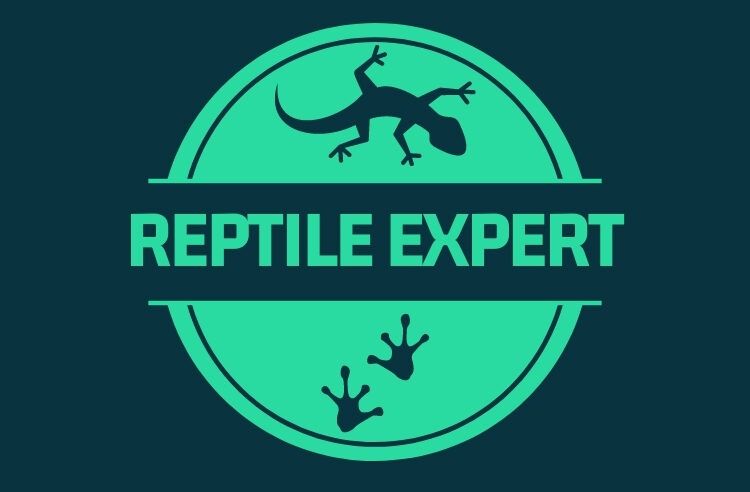Although the world is a big place, it provides a limited number of different types of habitat and from one side of the globe to the other, deserts, rain-forests, marshes and grasslands are all pretty similar – at least in terms of the physical environment they provide. It is not the scenery that makes the Sahara different from the Sonoran, or the Everglades from the Okavango; it is the range of plants and animals that each naturally supports.
Generation upon generation of creatures dealing with the everyday challenges of living in a particular way – and in a particular habitat – is the driving force of evolution. When two species occupy identical ecological niches on different continents – eating similar kinds of things, living in the same habitat – the evolutionary pressures on both are indistinguishable. Although this often produces different solutions to their shared problems, sometimes nature’s answer is an almost exact copy – even when the organisms involved are separated by thousands of miles of ocean. The arrival of two or more unrelated species at a similar-looking common point in their adaptations to their environment is termed “convergent evolution” and some of the reptiles are masters in the art.
Tree Dwelling Constrictors
One pair that make a prime example are the South American Emerald Tree Boa (Corallus caninus) and the Green Tree Python (Morelia viridis) which lives in Papua New Guinea. Both have prehensile tails, enlarged front teeth to help them catch their prey, similar colouration and a shared habit of resting with their heads in the middle of one or two coils thrown over a branch, which makes them look like a bunch of unripe bananas to a casual observer. The similarity between these two can often lead to confusion, and if encountered away from their natural homes, the absence of geographical clues can leave them almost impossible to tell apart.
Desert Sidewinders
In California’s Sonoran and Mojave deserts lives a small rattlesnake – Crotalus cerastes – more commonly known as the Sidewinder on account of its unique way of getting around on hot, shifting sand. Throwing its body into lateral coils, it progresses sideways-on, with only two points in contact with the sand at any one time, leaving a series of long J-shaped marks on the ground. It’s a remarkably efficient method of locomotion – and one which two African desert-dwelling snakes – the Desert Viper (Bitis peringueyi) and the Horned Asp (Cerastes cerastes) – have also developed for themselves. The asp and the rattlesnake even share similar horn-like projections above their eyes.
Agamids and Iguanids
It is not just the snakes that have been busily evolving in parallel with each other; the lizards have been doing it too – and none more so than the Agamids and the Iguanids.
The South American basilisks, with their characteristically iguanid crests along their heads, backs and tails are well known to reptile fans the world over, not least for their legendary ability to walk on water – even if there’s little opportunity for them to demonstrate the trick in the average vivarium! On the other side of the world, the Indonesian Hydrosaurus amboinensis, the Sail-Fin Lizard – the largest of all the agamids – may not rival the basilisk for circus tricks, but it certainly does for looks.
The Australian agamid Thorny Mountain Devil (Moloch horridus) and the iguanid Horned ‘Toads’ (Phrynosoma sp.) of the south western USA are another example of two lizards which occupy the same ecological niche on opposite sides of the globe. Small, spiny and flattened, these lizards share each other’s appearance, specialised diet and arid, desert habitat, exhibiting a remarkable degree of convergence.
Across the Ages
With a group as ancient as the reptiles, it’s no surprise that convergent evolution spans time as well as space. Roll back the clock to the dawn of the Great Age of Reptiles, and there in the Triassic, a group arose – the phytosaurs – that would easily pass for one of today’s gharials (Gavialis gangeticus) or false gharials (Tomistoma schlegelii) although they have no ancestral linkage to each other. Only on closer examination would the positioning of their nostrils give the game away, with the crocodilians having theirs at the ends of their snouts, the phytosaurs just in front of their eyes. A shared semi-aquatic habitat and a diet of fish led both to develop the same kind of long, thin and multi-toothed jaws – only 200 million years of geological time apart!
Convergent evolution is a fascinating topic and once you start looking it’s everywhere. Why else, for example, do burrowing animals like the Amphisbaena lizards, blind snakes (Typhlopidae) and amphibian Caecilians all resemble earth worms – legless with small heads and reduced or absent eyes? There’s a golden rule in biology that form follows function; convergent evolution simply proves the point and no group of animals makes it more obvious than the reptiles – look-alikes because they live alike!
